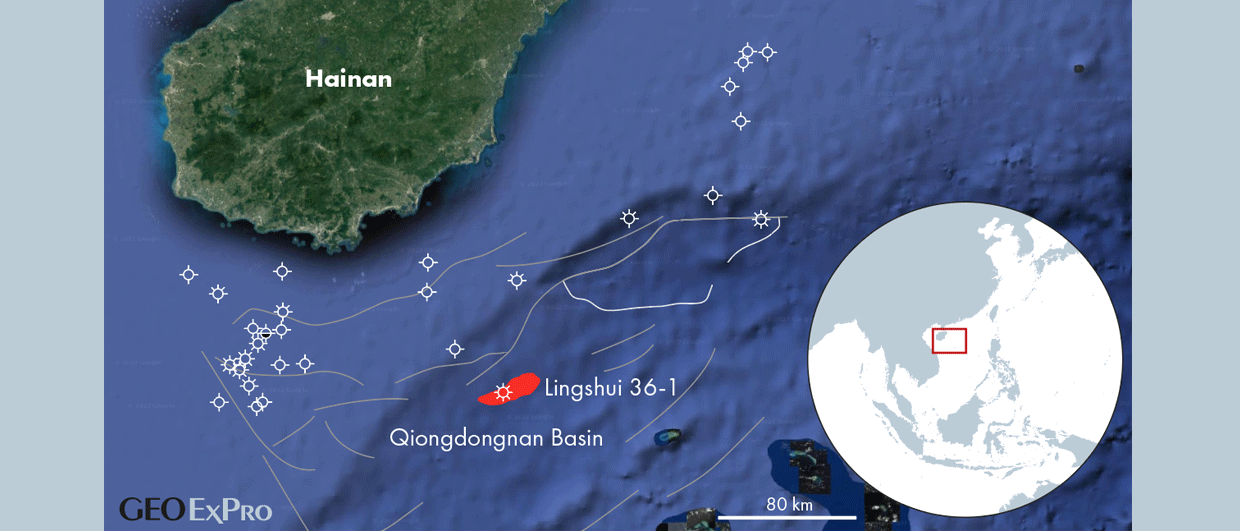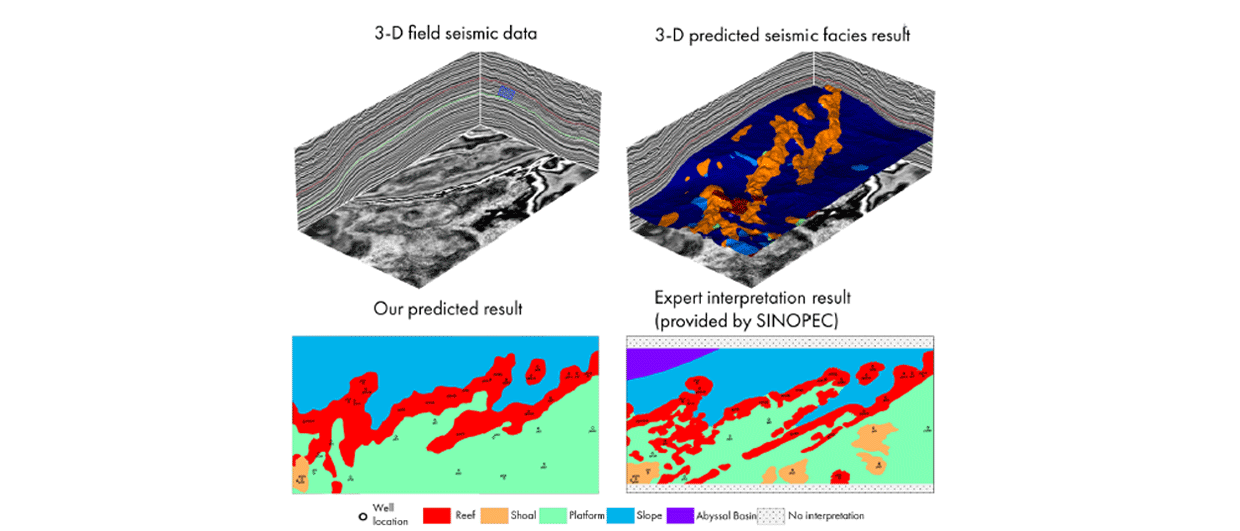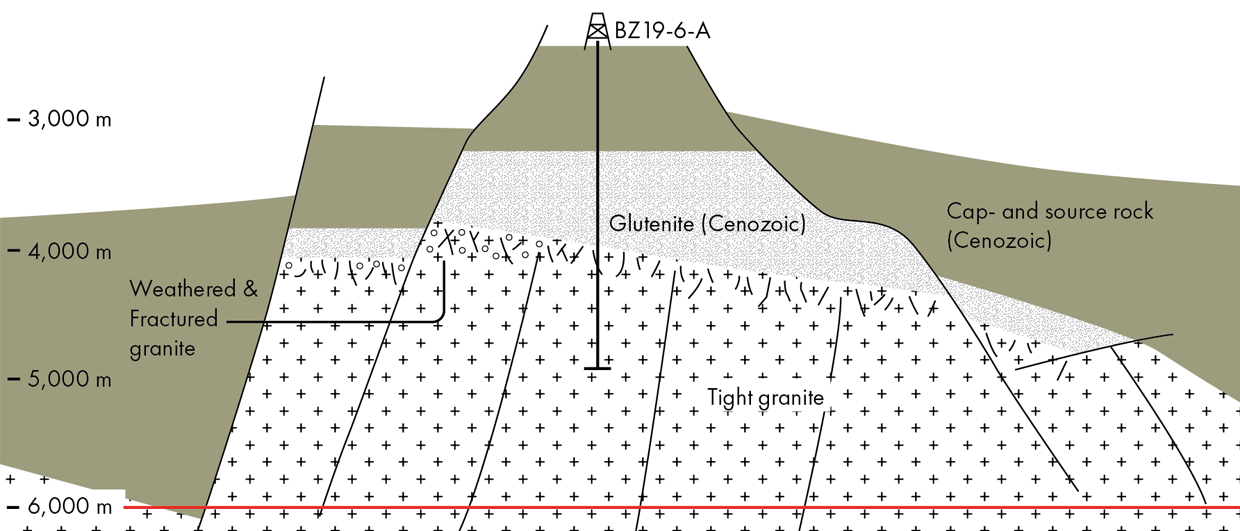Last week, CNOOC announced that the Baodao 21-1 discovery in the South China Sea successfully passed Chinese government review and filing, with new in-place volumes confirmed.
The timing of CNOOC’s press release aligns with the announcement last Sunday that Xi Jinping became the first leader since Mao to be chosen as party chief for a third term. Is it a coincidence that CNOOC made the announcement just before the confirmation of Xi Jinping’s next term?
Probably not, as the Chinese government must be keen to demonstrate the success of its domestic exploration program in the light of energy security issues.
Not a new discovery
It is important to keep in mind though that Baodao 21-1 is not a new discovery, as some media suggested it was. Instead, the Baodao 21-1 well campaign already features in the CNOOC 2021 Annual Report. For that reason, the news splash must have been timed to match a political agenda rather than the completion of a recently-drilled well.
Regardless, it is worth having a closer look at the geology of the Baodao discovery, not the least to give some more context as to what “deep-deep” means – the words that popped up many times in relation to last week’s announcement.
According to the CNOOC press release, the Baodao 21-1 discovery is the first deep-water and deeply-buried gas/condensate find in the South China Sea, and the largest discovery in the basin for more than 50 years. With the well having tested at an average of 587,000 m3 of natural gas per day, Chinese governmental bodies now believe that the proven in-place volumes stand at 50 Bcm of natural gas and 3 million m3 of condensate oil.
The big picture
The tectonic evolution of the Qiongdongnan rift basin and the wider South China Sea are closely linked to the evolution of Southeast Asia during the Cenozoic.
The opening of the Qiongdongnan Basin has been explained either by a pull-apart model, driven by the collision between India and Asia and the associated left-lateral slipping of the Red River Fault Zone, or a slab-pull model involving the subduction of a proto-South China Sea at the north Borneo Trench that results in the extension east of Vietnam and thus the opening of the South China Sea.
The rifting stage took place during the Eocene and Oligocene, with post-rift thermal subsidence being the predominant subsidence mechanism from the Miocene onwards. As such, the Qiongdongnan Basin is a young basin, where more than 10,000 m of Cenozoic deltaic and deeper marine sediments can be found in places. The reservoirs targeted in the Qiongdongnan Basin mostly range in age from Oligocene to Miocene.
Where was the well drilled and how do previous exploration attempts in the area compare to the notion of deep-water and deeply-buried reservoirs?
As the name of the well already suggests, it was likely to be situated in the so-called Baodao Sag in the Qiongdongnan Basin (see map above). However, a more precise location could not be easily found on publicly available maps on the internet.
Thanks to rig rotation information and flaring data from the team at NVentures, the location of the Baodao well could be further narrowed down, even though uncertainty around its exact location remains. We can now place the well towards the northeastern margin of the Baodao Sag, in what looks like deeper waters. According to the CNOOC press release, the water depth in the area of the discovery ranges from 660 to 1,570 m.

As the map above shows, most wells have so far been drilled onto the shallow northern shelf of the Qiongdongnan Basin, further supporting the claim that Baobao is a deep-water well indeed. The Lingshui gas field seems to be the exception as it is located a little further to the south with respect to the other cluster of fields and wells. However, even though the water depth at Lingshui is around 1,350 m, so in the same range as Baodao, the Miocene turbiditic sandstone reservoirs of the 100 Bcm field (which is currently in production) occur at a total depth of 3,100 m only. Instead, the Baodao 21-1 reservoirs were found at a depth of around 5,000 metres. The well’s terminal depth was 5,188 m below sea level.
The main reservoir of the Baodao discovery is the Oligocene Lingshui Formation. When looking at a cross-section through the Baodao sag, published recently by a team led by a researcher from CNOOC, it is apparent that the target reservoir (sitting between T60 and T70 in the cross-section) is indeed in the deeper part of the Cenozoic sedimentary succession (see above). The paper the cross-section is from focuses on the Miocene submarine fans in the basin, suggesting that these shallower reservoirs form the main target for deep-water exploration in the years to come.
Altogether, based on the information we could find, the Baodao 21-1 discovery is indeed an example of a deep-water and a deeply-buried reservoir in the South China Sea. The discovery must have sparked interest in the deeper parts of the basin, including the shallower Miocene succession. At the same time, even though a 50 Bcm discovery is not something to sniff at these days, it is still far removed from the major finds required to make Xi Jinping a more powerful negotiator with Putin when it comes to gas import.
Note to the featured image: The main aim of the map is to show the reconstructed location of the Baodao 21-1 discovery. In addition, the currently producing Lingshui gas field is shown, but more discoveries have been made on the shelf. The latter are not shown.





